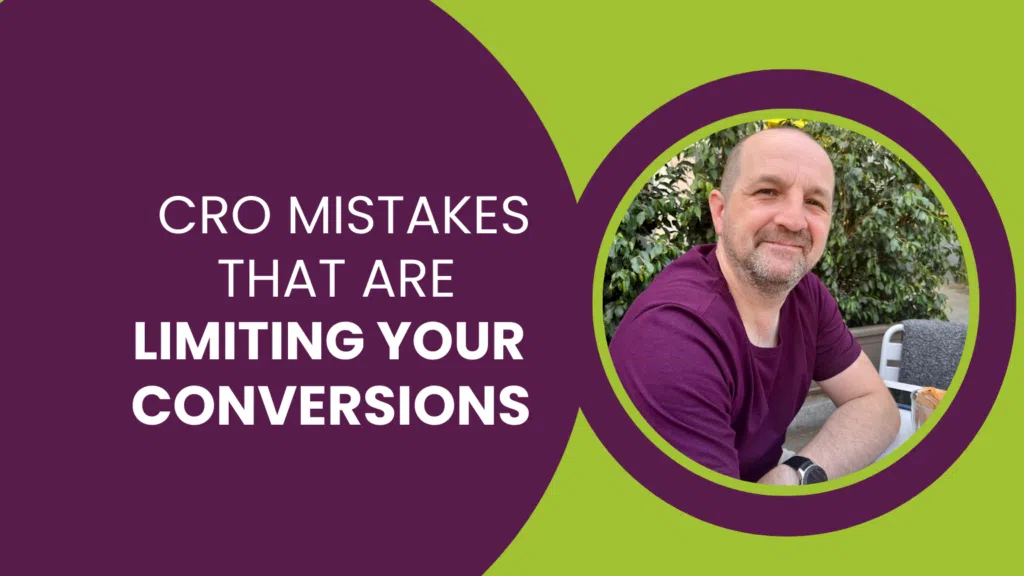A news story recently caught our eyes about a debt advice firm who landed in hot water with the Advertising Standards Authority, after the headlines of two paid-for Google Ads suggested the firm had links to Citizens Advice.
DebtHelp4Me Ltd, which trades as advice-debts.com, were challenged by Citizens Advice South Warwickshire after the following ads appeared in July 2018:
Citizens Advice UK… Free Debt Help… advice-debts.com
Citizens Debt Advice… Write Off Over £4,000 of Debts… advice-debts.com
A spokesperson for DebtHelp4Me Ltd explained that their use of ‘Citizens Advice UK’ and ‘Citizens Debt Advice’ in the ad headline was “to improve their Quality Score so the ads would appear more and they would pay less per click”.
Despite this defence, the Advertising Standards Authority deemed the practice “misleading”. They said users “would be likely to associate the terms ‘Citizens Advice UK’ and ‘Citizens Debt Advice’ with Citizens Advice”.
Popular Google Ads Videos
This story had us thinking a lot about the use of dynamic keyword insertion in Google Ads which, depending on how properly you use it, can have a polarising effect on not only the effectiveness of your Google Ads, but whether your ads see the light of day in the first place.
Quality score and dynamic keyword insertion
As you might already know, your Google Ads Quality Scores are made up of three elements, one of which is ad relevance. It has been thought for a while that keyword insertion plays a huge part in bettering the QS of our keywords. However, after a lot of trial and error, we have noticed that this isn’t always the case.
Dynamic keyword insertion is a great way to capture more specific and tightly-targeted search terms that almost perfectly match the user’s search query. It works by Google substituting the keyword which triggered the auction for the formula in the ad – although this may seem helpful, it doesn’t always contribute towards a better QS. In some cases, it can even bring it down.
You need to be aware that any of your targeted keywords could end up in the headline of your ad and it won’t always comply with the google ads policy. If this keyword is running within an ad group where you are using dynamic keyword insertion, you do run the risk of breaching Google’s policies and having your ad with another company’s name in disapproved. This alone could make your Quality Score plummet.
Your Personal Google Ads Video Audit
We'll record a personal audit of your Google Ads account, and explain
- where you're wasting budget
- the opportunities you're missing
- how to improve performance
Get Your Personal Google Ads Audit Now
Get Your Personal Google Ads Audit Video
Please provide your details below and one of our specialists will be in touch as soon as possible.
Using competitors’ trademarks
Dale John Wong of VulcanPost has observed that there’s nothing currently stopping you from from using your competitors’ trademarks in anything outside your ad texts. This means that they can use your trademarks in their URLs, or even bid on them as keywords.
Of course, this works the other way too, meaning that your rivals could lift your trademarks for use in their Google Ads and, for the most part, get away with it.
Google has defended their trademark policy, with a representative saying: “It is designed to provide greater choice to users via Google ads. This is similar to the way a shopper benefits when they see a variety of brands’ products on a store shelf.”
Wong says that you are still able to complain to Google if you believe a competitor’s use of your trademarks qualifies as an outright copyright infringement. However, unless you feel like you have an ironclad legal point to prove, the best course of action is “to be the better ad” by concentrating on Google’s other ranking factors, such as click through rate (CTR), ad quality, and consumer impact.
Wong adds: “Until there comes a day Google suddenly decides to change its policies, it seems that businesses will simply have to roll with the punches and probably do some smart counter-advertising of their own.”
Keyword insertion best practices
In a situation where you are using keyword insertion within an ad group, the best practice would be to remove any branded keywords out into their own ad group without dynamic keyword insertion. This will prevent any negative effect on the Quality Score of your other keywords, and therefore your ads too.
Recent Google Ads Blog Posts
Another element we should consider when deciding whether to use keyword insertion or not is that there is a chance that longer-tailed keywords, due to the character limit (with the exception of the odd character or so), will end up showing the generic ad you have written as a substitute. This ad won’t always appeal to your audience, resulting in a lower click through rate and a lower Quality Score.
Moral of the story? Next time you’re thinking about using dynamic keyword insertion in your ads, make sure to check that your keywords are suitable to be used as a headline so that you don’t run the risks of a low Quality Score and disapproved ads.










